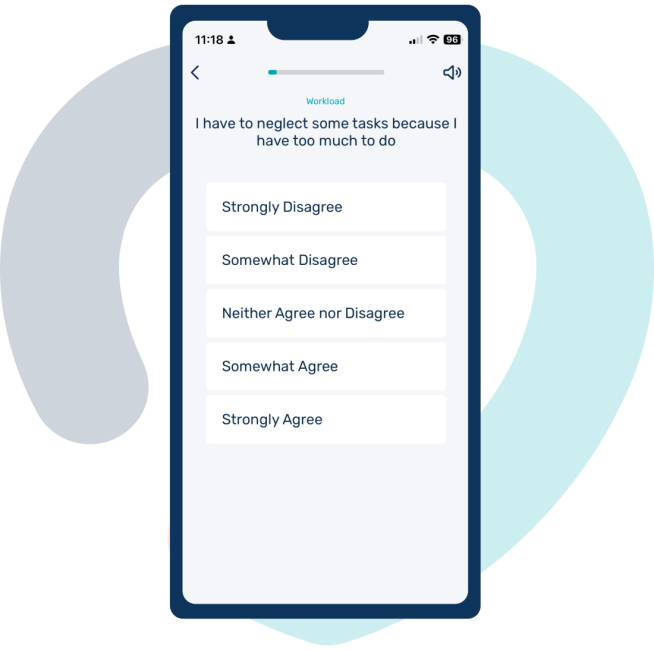The Benefits of Assessing Psychosocial Health Outcomes

Featured

3 Things Organisations Can Learn from High Performance Sport

How To Turn Your Psychosocial Risk Learnings into Timely and Convenient Action

Should Psychological Safety Have a Seat at the Psychosocial Risk Assessment table?
The aim of the psychosocial risk management codes of practise are to reduce work related psychological injury by decreasing the risk of exposure to potentially harmful factors. But there’s a connected bigger picture you have the opportunity to leverage as part of this process…Lifting the overall psychological health and well-being of your workforce. With this in mind you have a crucial decision to make…
“Do we want to invest minimal resources to simply meet compliance?”
Or
“Do we want to invest just a little more to be compliant and implement a best practice strategy to improve employee mental health and well-being no matter where they lie on the continuum.”

As an employer you’re not responsible for the variables outside of work that impact your employees’ mental health, but by taking positive steps towards decreasing work related psychosocial stress factors you can positively impact staff mental health overall.
But how will choosing this best practice option help your business?
Simply, the financial benefits connected to elevated mental health and well-being include:
- productivity increases
- increased talent retention
- organisation reputation for talent attraction
- decreased absenteeism and presenteeism
- better staff decision making
But unfortunately, few workplaces track the lasting health impacts of well-being strategies, limiting the ability to determine their effectiveness. And for those who do, the outcomes are often less than flattering to the program or lack validity due to poor measurement choices.
This leads to many being jaded with implementing mental health and well-being programs. That’s why if you choose to make the health of your employees a priority, you NEED to measure the effectiveness of your approach via long term, valid health data.
Additionally, connecting valid mental health and well-being data opens up an enormous range of possibilities including being able to:
- understand how your psychosocial risk management efforts are influencing real mental health and well-being outcomes
- understand the most effective management actions by connecting changes in risk profiles to mental health and well-being outcomes
- establish actual connections between mental health and well-being outcomes to real tangible business outcome such as financial metrics
- establish evidence for the ongoing investment of resources towards improved people management strategies
- establish data that links psychosocial risks to actual health outcomes
- add a new world of predictive analysis related to people and business outcomes
Importantly, mental health and well-being data give people and culture and/or OHS departments the capability to influence leadership’s increasing priority of people management.
Additionally, if you have tertiary level interventions targeted toward individuals such as a well-being program, an EAP, or Mibo’s thrive program delivered via Mibo’s psychosocial health app, you need to be analyse effectiveness.
Our Approach
If you want to experience the benefits mentioned above you need to measure psychosocial health outcomes. The majority of tools in the market rely on less than rigorous assessments of psychosocial health outcomes. At mibo we assess eight ISO45003 aligned psychosocial health outcomes including stress, depression, anxiety, flourishing, burnout, fatigue, musculoskeletal health and sleep. Data is interpreted in real-time against normative data zones with historical trendlines to track progress over time at the whole of organisation, department and team level.
Some of our customers and partners are already planning the evolution of their strategies recognising the importance of collecting this data from the beginning.
If you’d like to learn more about how Mibo is helping organisations implement sophisticated yet simple best practise psychosocial work environment programs….schedule a call today 🙂





